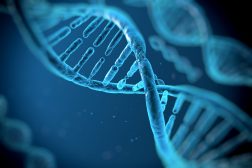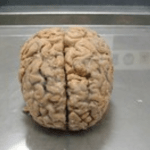Definition
noun, plural: red blood cells
The blood cell containing hemoglobin and functions primarily to transport respiratory gases, primarily oxygen, through the circulatory system
Supplement
Blood is the circulating fluid in the body of eukaryotic animals. It is primarily composed of plasma and cellular elements (blood cells and platelets). The blood cells may be classified as either a red blood cell or a white blood cell. A mature red blood cell is called an erythrocyte. An erythrocyte is a fully mature red blood cell that primarily functions by transporting respiratory gases, particularly oxygen and carbon dioxide. Most vertebrates have red blood cells that remain nucleated. However, in mammals including humans, the mature red blood cells are biconcave and anucleated.
In humans, the red blood cell arises from multipotent stem cells of red bone marrow. The multipotent stem cells (particularly called hemocytoblasts) could give rise not just to red blood cells but also to certain white blood cell types (T cells and B cells). The hemocytoblast may give rise to myeloid stem cells. A myeloid stem cell, in turn, gives rise to unipotent stem cells. A unipotent stem cell could develop into a pronormoblast (i.e. a proerythroblast that would undergo normal development). The pronormoblast is a cell committed to becoming an erythrocyte later. The pronormoblast undergoes series of developmental processes (e.g. ribosome synthesis and hemoglobin accumulation) to become a normoblast. The normoblast eventually excludes its nucleus and become a reticulocyte. The reticulocyte, in turn, would lose its organelles but could still produce hemoglobin. A fully mature reticulocyte, now called an erythrocyte, would then be released into the bloodstream.
Abbreviation/Acronym:
- RBC
Also called:
- red blood corpuscle
Synonym:
- erythrocyte
See also:
- blood
- blood cell
- blood group
- hemoglobin
- erythropoiesis
Related term(s):
- Red blood cell cast
- Red blood cell count
- Red blood cell indices
- Packed red blood cell








